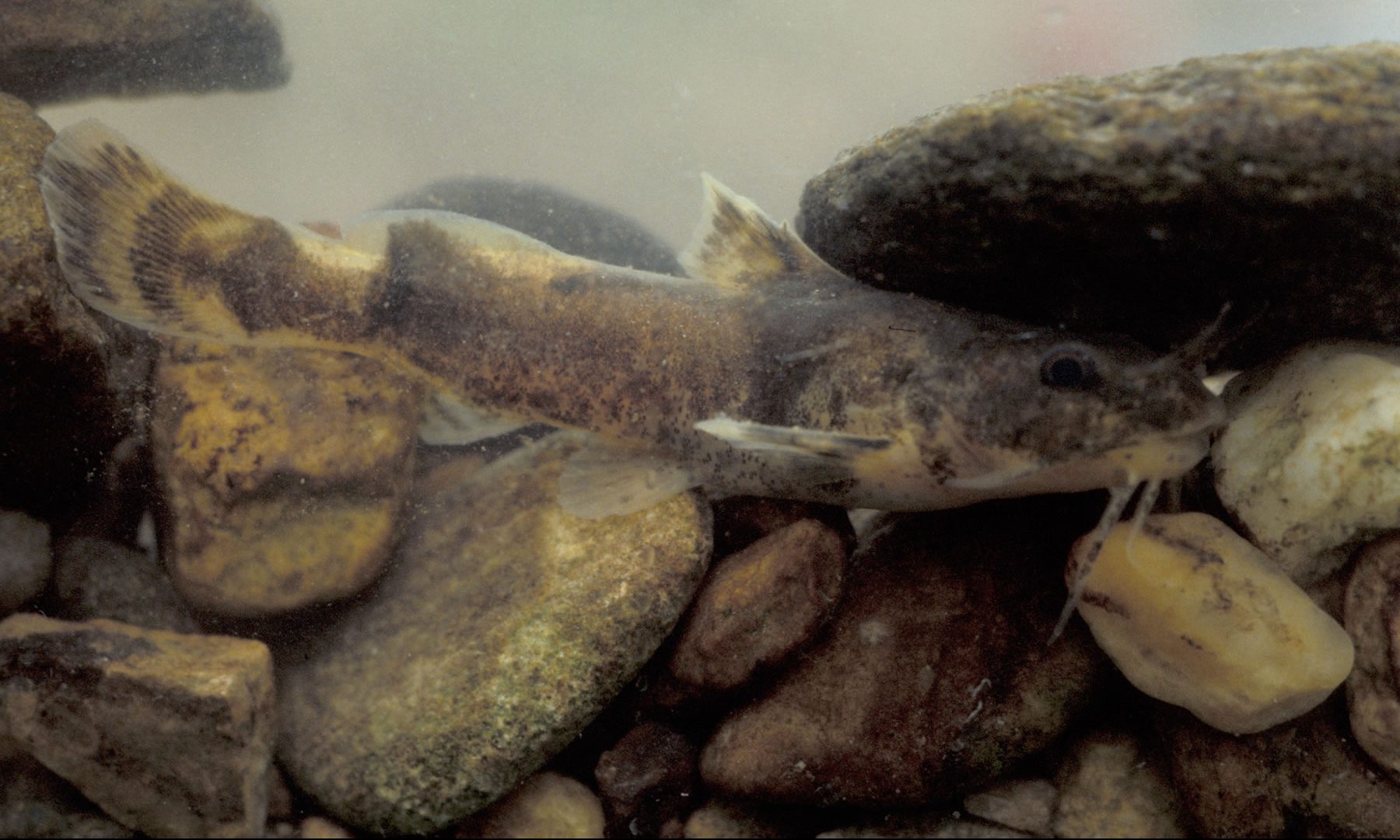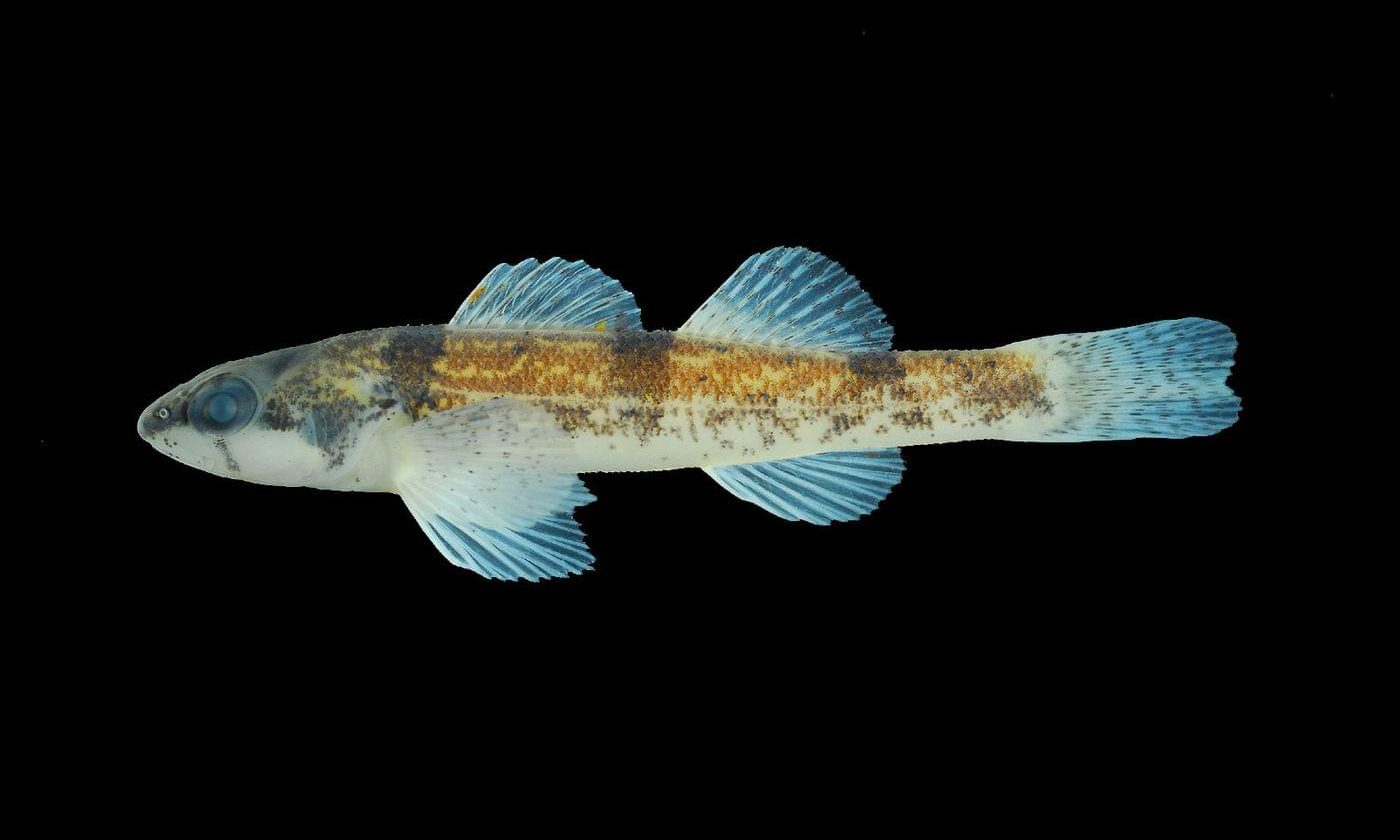By Brandon Moseley
Alabama Political Reporter
The U.S. Fish & Wildlife Service is part of an international coalition of public and private groups in a bold attempt to restore the heavily endangered bird to the eastern range of its habitat. The big wading birds are being returned to Alabama and Florida in a project led by the Whooping Crane Eastern Partnership (WCEP).
Six juvenile whooping cranes led by an ultralight left the White River Marsh State Wildlife Area in Green Lake County, Wisconsin. This will be the 12th group of birds who have been assisted by the WCEP in their first migration. The birds will be led on a journey that will take them through Wisconsin, Illinois, Kentucky, Tennessee, Alabama, Georgia and Florida. The birds’ wintering habitat will be at St. Marks National Wildlife Refuge (NWR) along Florida’s Gulf Coast
CEO of Operation Migration Joe Duff said. “Despite the fact that we have done this before, each year we learn something new about these wonderful birds. This year’s flock seems more attentive, and we hope to make better progress. Our target is to arrive in Florida before Christmas.”
In addition to the six juveniles that will follow the two ultralights, another six were released with adult cranes at Horicon National Wildlife Refuge in Dodge County Wisconsin.
All 12 juvenile whooping cranes that take part in the ultralight and DAR reintroductions were hatched at the U.S. Geological Survey’s Patuxent Wildlife Research Center in Laurel, Md., and at the International Crane Foundation in Baraboo, Wis. The chicks were raised under a strict isolation protocol. To ensure that the birds remain wild, their handlers adhere to a no-talking rule and wear bird costumes (like the two ultralight pilots) to mask their human form.
Last year the ultra-light migration was grounded by the Federal Aeronautic Administration (FAA) in Alabama on their route to Florida. Once the bureaucratic problems were resolved the young birds no longer wanted to follow the ultralights. Those birds wintered in the Wheeler Wildlife Refuge restoring whooping cranes to Alabama for the first time in a century.
Whooping cranes almost went extinct in the 1940s. Today, there are over 600 of the birds. 445 of those birds live in the wild. Most of the migratory population of whooping cranes nest at Wood Buffalo National Park in northern Alberta, Canada and winters at Aransas NWR on the Texas Gulf Coast. Additionally 20 birds lives year-round in the central Florida Kissimmee region and another 17 non-migratory cranes live in southern Louisiana.
The Whooping Crane Eastern Partnership founding members are the International Crane Foundation, Operation Migration, Inc., Wisconsin Department of Natural Resources, U.S. Fish and Wildlife Service, the U.S. Geological Survey’s Patuxent Wildlife Research Center and National Wildlife Health Center, the National Fish and Wildlife Foundation, the Natural Resources Foundation of Wisconsin, and the International Whooping Crane Recovery Team.
To learn more about WCEP visit their website at:















































